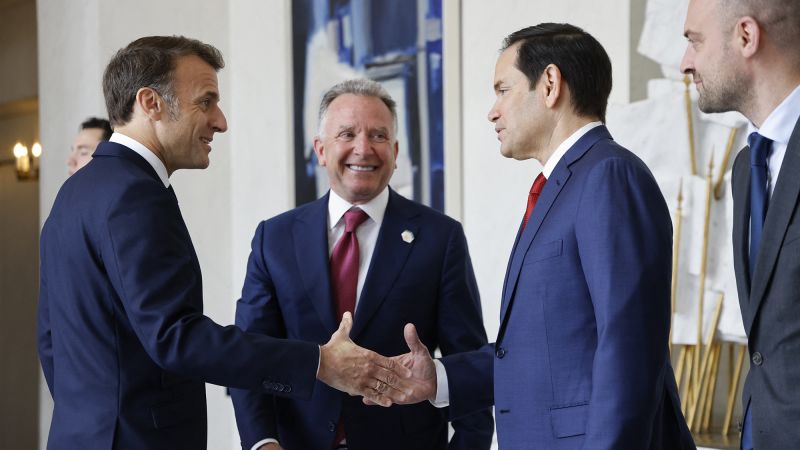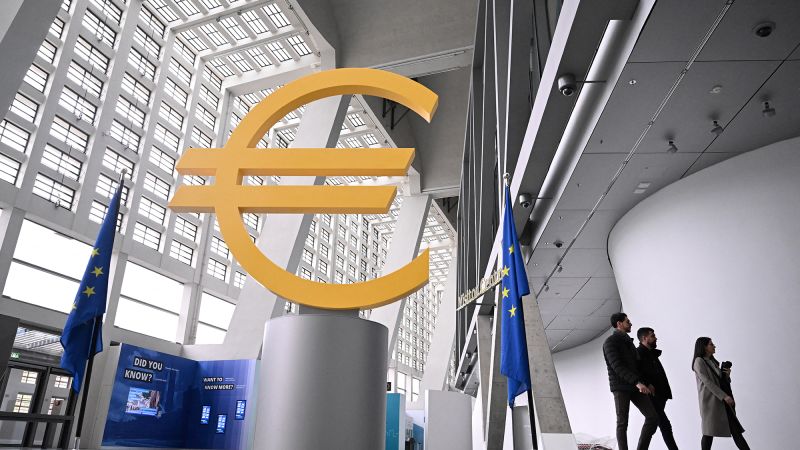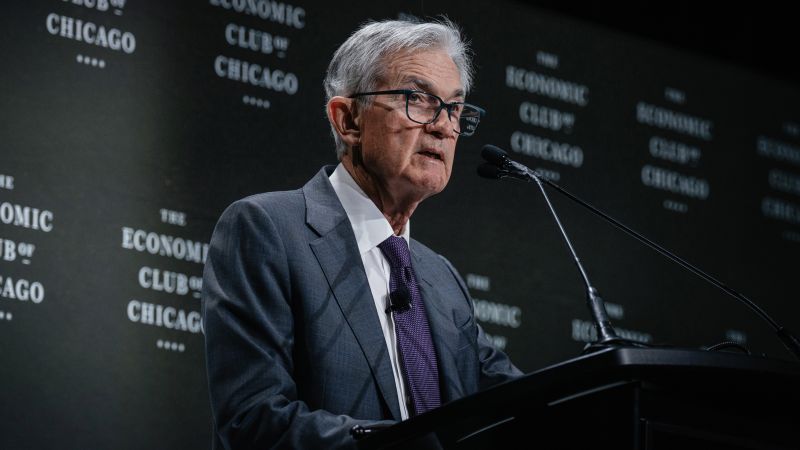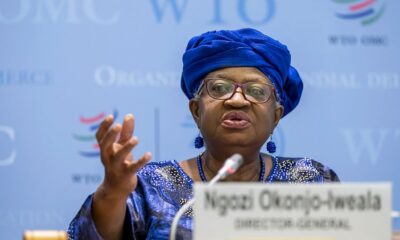CNN
—
The Onikan neighborhood is the cultural core of Lagos Island, the central district of Lagos, Nigeria’s largest city. Bisecting the area like a vein is J.K. Randle Road. To one side of its pavement, flaking gray walls ring the Nigerian National Museum, a near-70-year-old remnant from the era of British colonial rule.
Directly opposite, its red and gold lattices arcing over a perimeter of lush greenery towards the sky, the John Randle Centre for Yoruba History and Culture opened last October and is challenging the traditional Western model of what a museum is meant to be.
Inviting visitors to step into a “fantasy land” of Yoruba folklore, the Centre is a living manifestation of the culture that binds Nigeria’s second-largest ethnic group, as well as a loud, colorful “alternative narrative” to the one told across the road, says the project’s lead architect Seun Oduwole.
“It objectifies the culture, as opposed to celebrating it,” he said of the National Museum’s “Eurocentric” approach.

In 2018, Lagos-based architectural firm SI.SA was commissioned to build the Centre on a site where, in the 1920s, Sierra-Leone born local physician John Randle had funded the construction of a swimming pool where Nigerians could learn to swim, at a time when the country was a British colony.
Dr. Will Rea, a British academic specializing in African art and Yoruba history, was born in Nigeria and worked under the Nigerian National Commission for Museums and Monuments before joining the John Randle Centre project as lead consultant curator.
Rea saw it as a chance to prove that Nigeria could produce museums of the highest quality, while also challenging how the continent has often been depicted in Western museums.
“Africa tends to be sort of dark and brown, and there’s a lack of color,” said Rea, who was charged with writing the academic narrative for the Centre and deciding what objects were needed. “If you go to the British Museum (in London), you’ll see that Africa is in the basement. It’s beautifully spotlit, but it’s still very much things stuck behind vitrines (display cabinets), and you can’t really move.
“It’s very different to what the experience of being on the street in Lagos or Ikole (a town in southwest Nigeria) actually is. So we were keen to have a very lively place, full of color and sound – very different to a normal Western museum, where everything is kind of hushed.”
Oduwole added: “A lot of times our culture is viewed as this sort of archaic, ancient civilization that was pulled out of the darkness. We wanted to break that.”
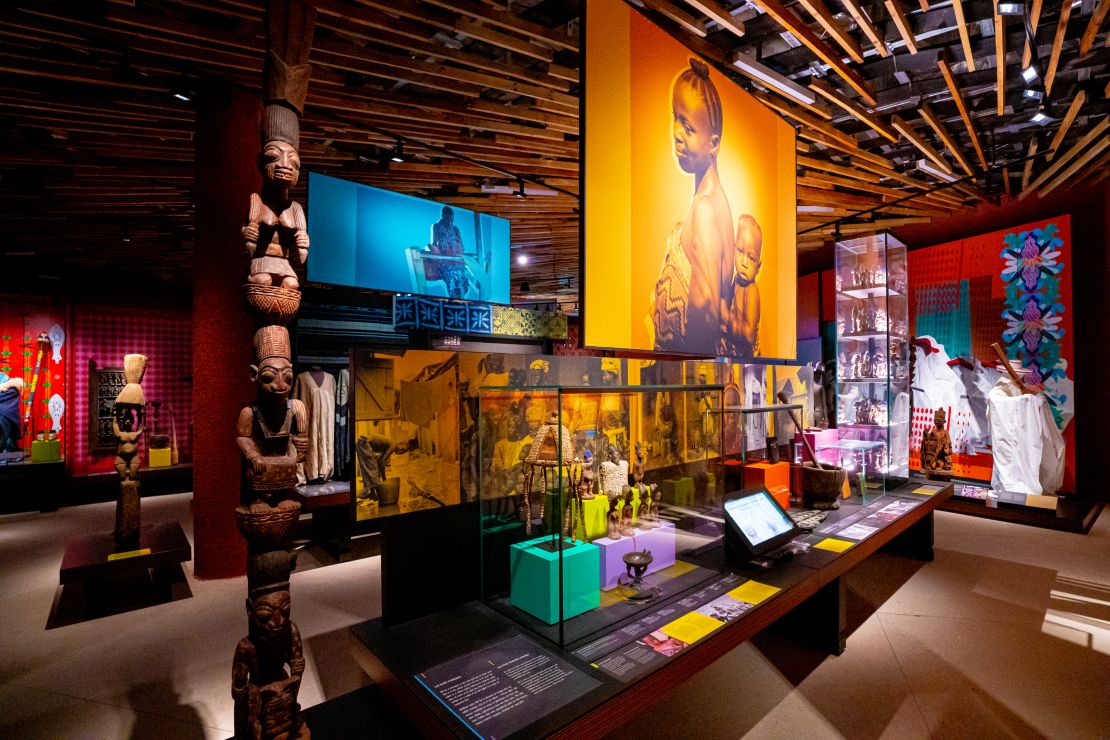
But the pair’s ambition immediately ran into a critical problem: they had no collection to build a museum around.
So began a mad dash for Oduwole, Rea and a host of hired collectors, who fanned out across Nigeria and international museums to look for artefacts of Yoruba origin.
Many were too expensive to buy outright, meaning that procuring loans became the primary solution. A partnership was secured with the British Museum to send a selection of objects on a long-term loan basis — among them, the Lander Stool.
This Yoruba wood carving was taken to the UK by British explorer Richard Lander following an expedition to Nigeria in the 1830s and has since become a symbol of the long-running restitution debate concerning the return of African cultural objects, says Rea.
In 2019, the Lagos State government formally asked for the return of the stool, designating the upcoming Centre a “befitting home.” Oduwole says a long-term loan has been agreed, although it is yet to go on display at the Centre.
‘Dynamic and ever-changing’
Easing the pressure was the decision that artefacts would make up just a quarter of the exhibition space, designed by international museum exhibition design firm Ralph Appelbaum Associates.
The team were determined to portray Yoruba culture as dynamic and ever-changing, an ongoing story that had to be experienced via a multitude of senses. For example, the music of Afrobeat legend Fela Kuti was an evolution of Oríkì praise poetry sung in small Yoruba villages that incorporates drums and dance, Rea explained.
To reflect this, only the first of the exhibition’s four main areas focuses on the past. After a section on Yoruba myths and legends, visitors are taken on a journey through modern-day customs and practices ending at an imagined future Yoruba culture.
Interactive opportunities are abundant throughout. The team contacted Jimi Solanke, the baritone voice for a generation of young Nigerians courtesy of his popular after-school TV shows, to record some of his children’s stories onto a radiogram (a record player incorporated into furniture). Though Solanke died last year, his tales endure for a new generation in the Centre, playing out under a tree to mimic the setting where Yoruba elders traditionally passed on information to youngsters.

Stepping in front of one camera will transform guests via digital projection into Egúngún masquerades, wooden-mask-wearing figures who embody the spirits of ancestors during ritual and festival performances.
“I’ve never seen anything like that in a Western museum,” Rea said. “Whether that’s US, or UK, or Nigeria, the technology in there is really cutting edge. It’s quite phenomenal.”
Visitors are also turned into various Yoruba deities, the Orisha. Visualizing Shango, the god of thunder, as a superhero-like figure presented a chance to reimagine often “misunderstood” Yoruba deities in the same way the Marvel Cinematic Universe has done for figures in the Ancient Greek and Nordic pantheon, Oduwole explained.
It’s another way of celebrating how Yoruba’s heritage is relevant in the modern world, with Rea highlighting Beyoncé’s allusions to the yellow-dress-wearing goddess of fertility and love, Oshun, in projects like “Lemonade” and “Black is King.”
“She’s channeling Oshun, no doubt about it,” he said.
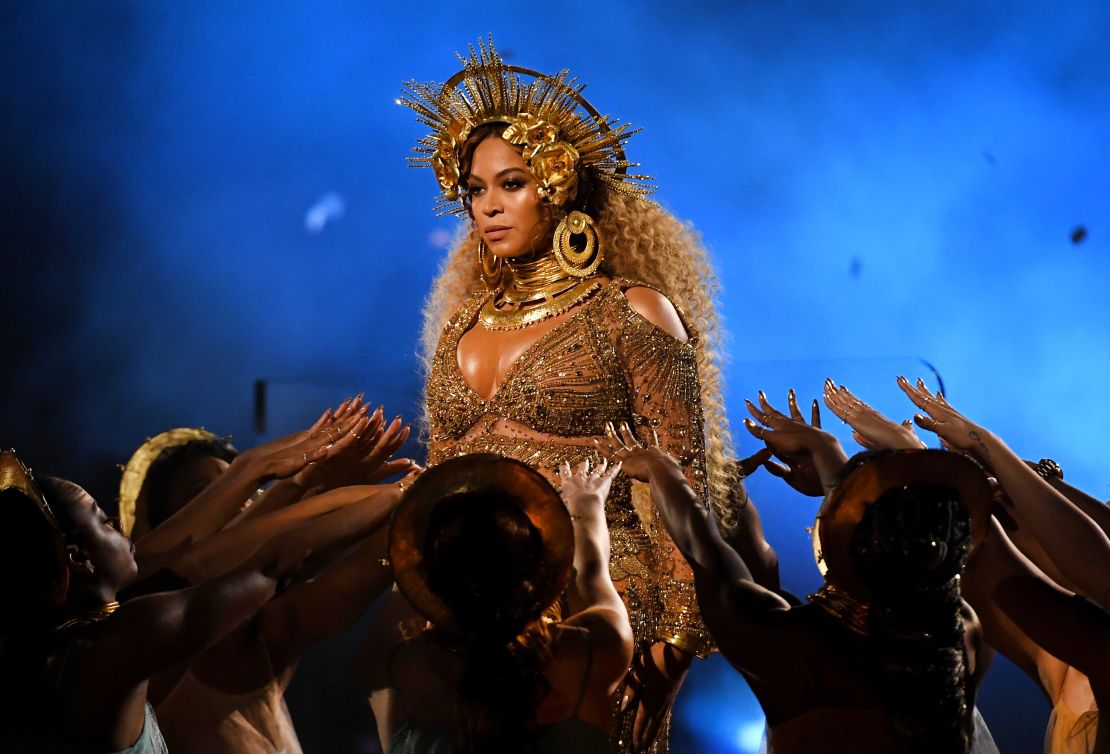
Throughout the museum, Yoruba language text is displayed first and foremost, with English translations below, in a smaller font.
It was part of the mission to make an “unapologetically Yoruba” site, Oduwole said, right down to the architecture itself. Aggregates, coarse materials like sand and gravel, were used in flooring to mimic the sand floors of Yoruba villages, with reclaimed wood hung from the ceilings to hide air-conditioning units.
The very arrangement of the wood is a nod to Ifá, a Yoruba divination system that — much like binary — uses single and double lines to represent a total of 256 signs.
“A priest can come and read it but if you’re not, you just look at it as a really nice abstract pattern,” Oduwole said.
“So depending on your level of understanding there’s different layers of meaning as you go right through … if you’re a culture bearer, the symbolism jumps out at you immediately.”
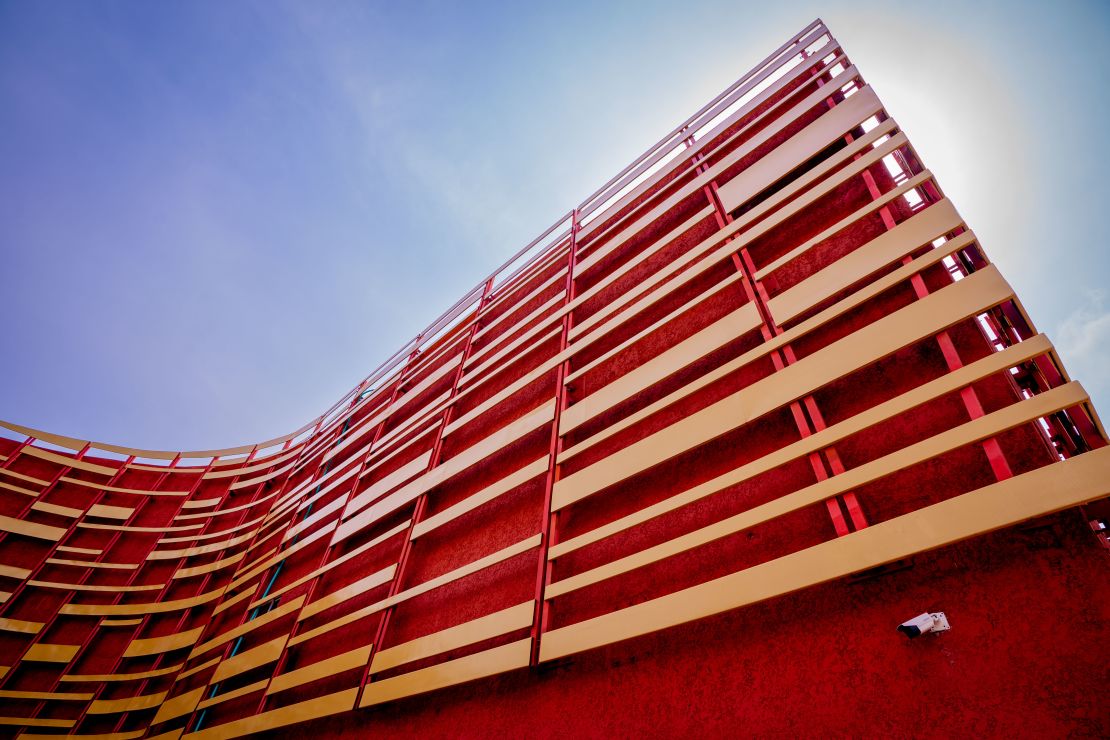
The sloping green-roofed shape of the building, seemingly emerging from the earth, is itself a reflection of a Yoruba proverb about the circularity of life, while also paying homage to the act of ascending to Ori-Oke (“destiny at the top”) — a prayer mountain in Yorubaland of southwestern Nigeria.
The arrangement of the landscape around the Centre — which includes the restored pool and a public square — follows Yoruba principles, wherein the living quarters of a town would fan out in a hierarchy of importance from the palace and courtyard at the heart.
Put all together, the Centre aims to be a beacon for a diaspora that has spread across the globe.
“They can come from around the world, and they will have pride in being Yoruba and saying, ‘This is our museum, this is my culture, and I understand it,’” said Rea.


